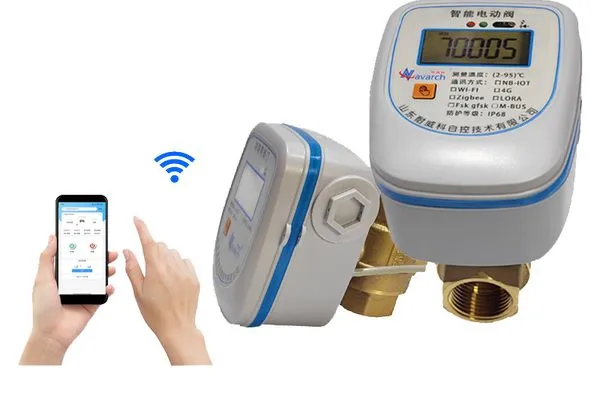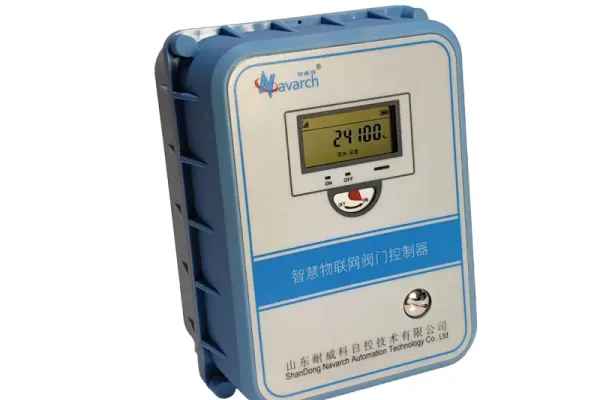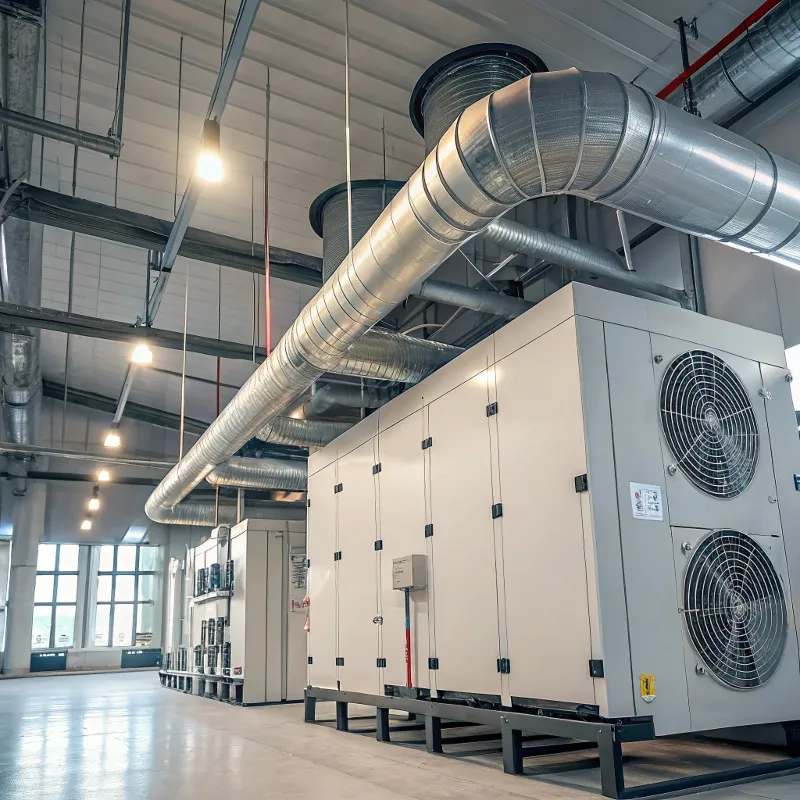Avoid your inquiry is delay response, please enter your WhatsApp/WeChat/Skype along with the message, so we can contact you at the very first time
We will reply you within 24 hours. If for urgent case, please add WhatsApp: +86 13188899036, or WeChat: 0531-87968777. Or call 0531-87968777 directly.
* We respect your confidentiality and all information are protected. We will only use your information to respond to your inquiry and will never send unsolicited emails or promotional messages.
Building owners struggle with high energy bills and poor flow control in their systems. These issues lead to wasted resources and unhappy tenants. I’ve seen firsthand how electric control valves can solve these problems.
An electric control valve combines an electric actuator with a valve body to regulate fluid flow. It responds to control signals to adjust flow rates automatically. These valves help buildings save energy and maintain precise control of heating and cooling systems.

Electric Control Valve Basic Structure
I want to share my experience with electric control valves. I’ll explain their types, functions, and how they can benefit your building systems.
Last month, I helped a client who couldn’t control temperatures in different building zones. Their manual valves made adjustments slow and inefficient. Electric valves solved their problem by providing precise, automated control.
Electric valves use an actuator that converts electrical signals into mechanical movement. When the control system sends a signal, the actuator moves the valve stem. This movement changes the valve opening to control flow rate, pressure, or temperature.
The operation of an electric valve involves these key components:
Here’s a detailed breakdown of the operation process:
| Stage | Action | Result |
|---|---|---|
| Signal Input | Controller sends command | Actuator receives power |
| Mechanical Movement | Actuator turns or lifts | Valve position changes |
| Flow Adjustment | Opening size changes | Flow rate adjusts |
| Feedback | Position sensor reports | System confirms change |
I’ve installed many electric valves in heating systems. The actuator receives signals from temperature sensors or building management systems. When room temperature drops, the system sends a signal. The actuator responds by opening the valve. This lets more hot water flow through the heating system. The valve moves smoothly and precisely. It maintains exact flow rates needed for comfort.
The beauty of this system is its accuracy. Manual valves often lead to overheating or cold spots. But electric valves adjust in small increments. They can maintain steady temperatures within 1 degree. This precise control saves energy and improves comfort.
Many customers ask me about names for electronic valves. The terminology can be confusing. But I help them understand the different types and their proper names.
Electronic valves go by several names: motorized valves3, actuated valves, or power-operated valves. These names all refer to valves that use electrical power to operate. The specific name often relates to its application or control method.

Common Electronic Valve
I find it helpful to organize valve names by their features:
| Name | Key Feature | Common Use |
|---|---|---|
| Motorized Valve | Uses electric motor | Basic flow control |
| Smart Valve | Has digital controls | Building automation |
| Electric Control Valve | Full modulation | Precise regulation |
| Power-Operated Valve | Electric operation | General purpose |
When I talk with building managers, they often use different names for the same valve. A maintenance worker might call it a “motorized valve.” An engineer might say “electric control valve.” Both mean the same thing – a valve that uses electricity to control flow.
The name choice often depends on the application. In a simple heating system, “motorized valve” is common. But in complex building automation, we use “smart valve” or “electric control valve.” These names indicate more advanced features like digital control or feedback sensors.
During system designs, I often explain valve types to clients. Each type has specific benefits. Understanding these differences helps choose the right valve for each application.
The three main types of control valves are: Linear motion valves4 (like globe valves), Rotary motion valves (like butterfly valves), and Self-operated valves (like pressure regulators). Each type serves different flow control needs.
Here’s how I categorize the main valve types:
| Type | Movement | Best Use | Control Accuracy |
|---|---|---|---|
| Linear | Up/Down | Precise control | Very High |
| Rotary | Quarter turn | Quick shutoff | Medium |
| Self-operated | Automatic | Pressure control | Variable |
Linear motion valves move straight up and down. I use these when precise control is essential. They work well in heating systems where small adjustments matter. The linear movement provides excellent throttling control. These valves can handle high pressures and temperatures.
Rotary motion valves turn 90 degrees to open or close. I install these in large pipes where space is limited. They’re simpler than linear valves. The ball or butterfly disc rotates to control flow. These valves cost less and need less maintenance. But they might not control flow as precisely as linear valves.
Self-operated valves work without external power. They use system pressure to operate. I recommend these for basic pressure control. They maintain set pressures automatically. These valves are reliable and simple. But they can’t integrate with building automation systems.
In my 15 years of valve installation, I’ve seen trends change. But some valve types remain popular. Their reliability and versatility make them common choices.
Globe valves5 and ball valves are the most common control valves. Globe valves excel at precise control. Ball valves offer reliable shutoff. These qualities make them popular in HVAC and water systems.

Common Control Valve Applications
I break down valve popularity based on these factors:
| Feature | Globe Valve | Ball Valve |
|---|---|---|
| Cost | Higher | Lower |
| Control | Excellent | Good |
| Maintenance | Medium | Low |
| Space Needs | Large | Compact |
Globe valves remain popular in control applications. I use them in systems needing precise flow adjustment. Their design allows for accurate control. The stem moves up and down to regulate flow. This makes them ideal for variable flow systems.
Ball valves dominate simple on-off applications. I install these when cost matters more than precise control. Their quarter-turn operation is simple and reliable. They seal well and last long. Many building owners prefer ball valves for isolation points.
Both types serve different needs. Globe valves suit control loops in heating systems. Ball valves work well for system isolation. I often use both types in the same building. This gives the best combination of control and reliability.
Electric control valves are essential for modern building systems. They provide precise control, save energy, and improve comfort. I recommend them for any serious building automation project.